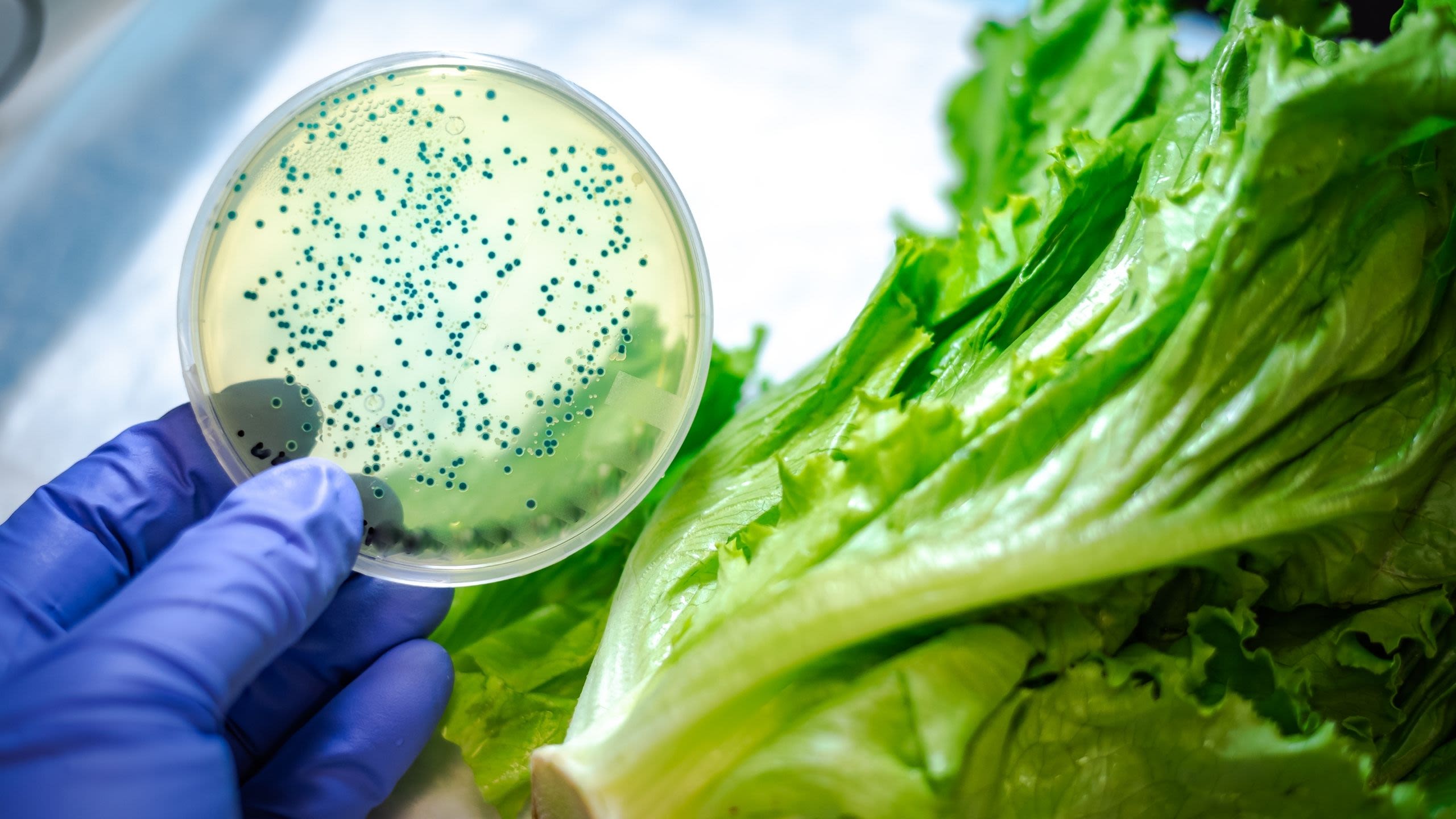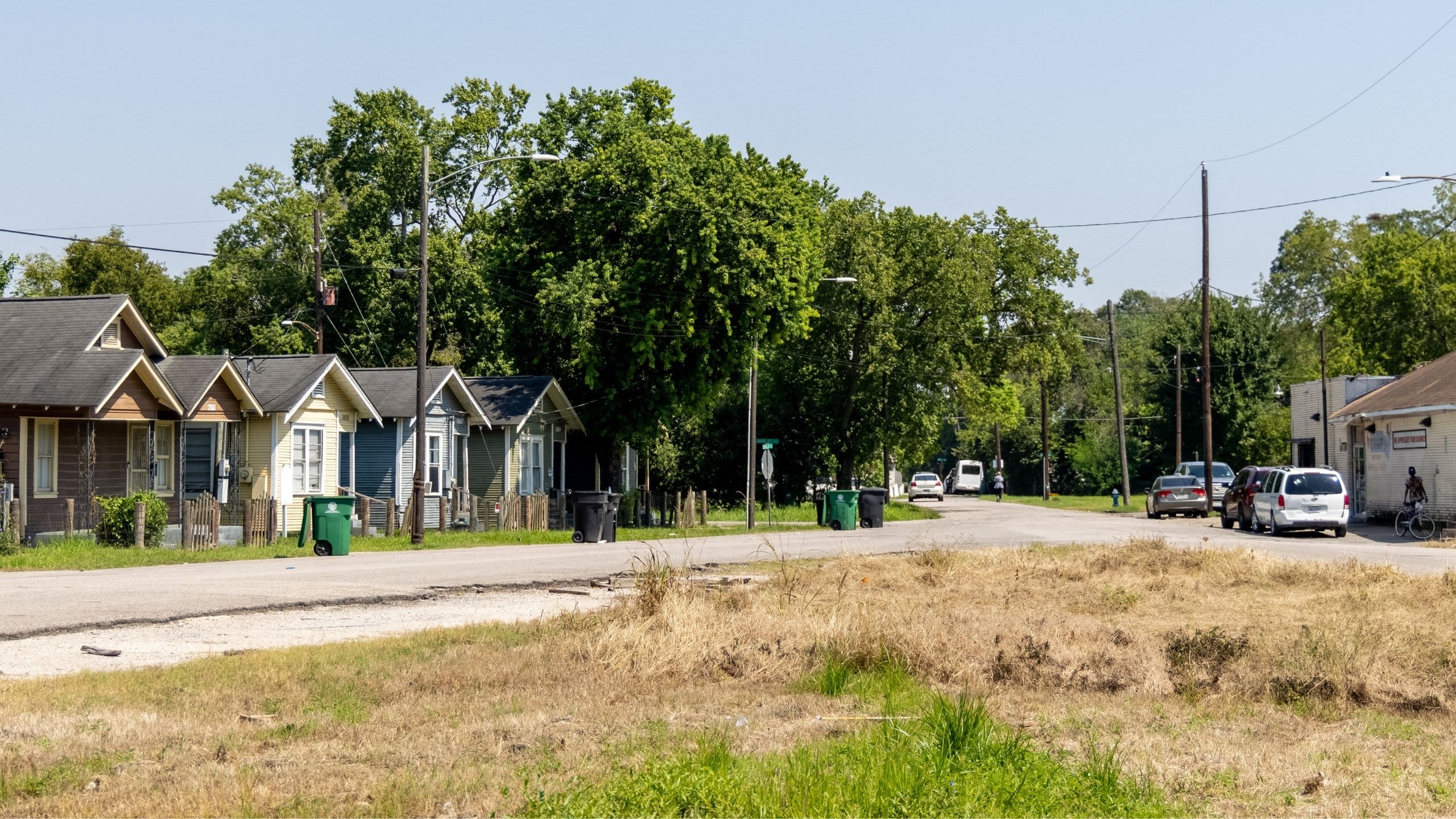LETTUCE DILEMMA
Major Disparity Discovered in Quality and Safety of Produce Purchased in Low- Versus High-Income Areas

September 16, 2021 - People living in low-income, urban neighborhoods suffer higher rates of gastrointestinal illness, but the reasons behind this troubling disparity have been difficult to pinpoint. Food safety researchers at the University of Houston are shedding light on a possible cause after finding a significant disparity in the quality and safety of romaine lettuce available in low- versus high-income communities.
The study, published online in the Journal of Food Protection, found that loose leaf romaine lettuce purchased from full-service supermarkets in low-income communities in Houston was contaminated with dangerous disease-causing microorganisms, making it unsafe to consume.
An astounding 87% of samples were positive for staphylococcus aureus (staph), which can cause a range of illnesses from minor skin infections to life-threatening diseases including pneumonia and meningitis, particularly in immunosuppressed populations.
More than half – 53% – tested positive for salmonella spp., and 13% were contaminated with listeria monocytogenes. Infections from exposure to these bacteria can cause diarrhea and fever and send nearly 30,000 people to the hospital each year in the United States, according to the Centers for Disease Control and Prevention.
E. coli O157:H7, a strain of Escherichia coli that can cause severe stomach cramps, bloody diarrhea and vomiting, was present on 4% of the lettuce samples tested from retail stores in low socioeconomic status neighborhoods.
In an alarming contrast, none of the samples collected from high socioeconomic status areas tested positive for these disease-causing microorganisms, with the exception of staph, which was found on 38% of samples.
“Our study found that a significant issue exists, and further investigation is needed to identify where this disparity begins in the supply chain,” said Sujata Sirsat, lead study author and associate professor at the UH Conrad N. Hilton College of Hotel and Restaurant Management. “It’s a big, big problem. We shouldn’t see this type of empirical evidence.”

Co-authors on the study are Zahra Mohammad, UH post-doctoral fellow, and UH undergraduate student Isabella Raschke (pictured left to right).
Co-authors on the study are Zahra Mohammad, UH post-doctoral fellow, and UH undergraduate student Isabella Raschke (pictured left to right).
The samples of varying brands based on availability were purchased from Houston area retail stores in five high income and five low income neighborhoods at three different times from June to December 2020. The stores were visited at the same time to avoid variability due to seasons and other environmental factors. The samples underwent Reverse Transcription Polymerase Chain Reaction (RT-PCR) testing for pathogen contamination.
While the results don’t identify the source of the problem in the supply chain, the researchers suggest there are likely issues with personal hygiene, cross contamination, and time and temperature abuse in stores in poorer areas, signaling a need for retail practices to be addressed in those communities.
“Overall, the results showed that populations living in food deserts and purchasing fresh greens from stores in low SES (socioeconomic status) areas are at a higher risk of contracting a foodborne illness. Romaine lettuce in low SES communities had higher levels of spoilage microorganisms, fecal contaminants, and pathogens. Where someone lives should not affect their access to safe, high quality, and nutritious foods,” the researchers wrote.

Sujata Sirsat, associate professor
Sujata Sirsat, associate professor

(Photo courtesy: Getty Images)
(Photo courtesy: Getty Images)
“You’re essentially telling people in low-income areas that it’s safer to eat processed foods..."
Food deserts, or low-income areas with limited access to affordable and nutritious food, are often inundated with fast food restaurant chains offering inexpensive, calorie-dense and unhealthy options that can lead to chronic health conditions. Sirsat said the study findings send an unfortunate message to people living in those neighborhoods.
“You’re essentially telling people in low-income areas that it’s safer to eat processed foods and risk long-term chronic health conditions rather than eating fresh produce and improving their health,” she said.
The researchers hope the findings will bridge the gap in understanding of why the disparity exists and how systemic and policy changes can help improve access to safe and high-quality fresh produce.
“We need to educate the retail industry about this issue, so they understand certain practices need to be in place to keep the produce safe,” said Mohammad. “We have to find out why this is happening.”
Stores visited for the study were chosen based on the U.S. Department of Agriculture Economic Research Service Food Access Research Atlas and the U.S. Census Bureau definition of low and high socioeconomic status neighborhoods. This research focused on leafy greens because data has shown that more foodborne illnesses have been associated with that commodity than any other.


